'A painful summer': Lake Mead at risk of reaching crisis levels with new projections
Published in Science & Technology News
Forecasters are confident it’s a particularly bad water year for the Colorado River, worrying some about a likely return to record low levels in reservoirs that are reminiscent of 2022.
Las Vegas is almost entirely dependent on Lake Mead, the country’s biggest reservoir, for its water supply. Flows into Lake Mead come from Lake Powell, the future of which is less than rosy, according to projections released on Wednesday.
Though snowpack wasn’t even close to normal this year, it will translate to even less water than previously thought, with scientists predicting runoff into Lake Powell at 55% of average, according to the National Weather Service’s Colorado Basin River Forecast Center. Previous estimates were at 67% of average.
“It’s going to be a painful summer, watching the levels go down,” said Kyle Roerink, executive director of the Great Basin Water Resource Network that advocates for water security in Nevada and Utah. “We’re getting to those dangerous levels we saw a few years ago.”
The lowest Lake Mead has ever been was about 1,040 feet in July 2022. In May, at 33% full, it’s roughly 20 feet higher — something the Biden administration’s Bureau of Reclamation took credit for accomplishing with basin-wide conservation, largely bankrolled by grants from the Inflation Reduction Act of 2022 that President Donald Trump has targeted for cancellation.
“These types of runoff conditions make water managers nervous,” Roerink said. “They make NGOs nervous, and they certainly make water users nervous.”
NGOs are nongovernmental organizations.
Negotiations between states
Poor hydrological realities are underscoring the ongoing negotiations between the seven Colorado River Basin states, with time running out for two divided groups to strike an agreement before guidelines expire in 2026.
John Berggren, a policy manager with the nonprofit Western Resource Advocates, said state representatives must consider numbers like the ones released Wednesday in their decision making, with conservation in mind.
“We can’t be in this situation where every couple years we’re facing crisis levels and people are scrambling,” Berggren said. “It reinforces the need for a more robust, long-term and resilient set of guidelines for managing the river.
Some of that conservation is continuing under a new administration: 18 short-term, Biden-era conservation agreements in California and Arizona were extended Wednesday, expected to save 312,000 acre-feet, or 101 billion gallons of water, through 2026.
In one of his first public statements as acting commissioner of the federal Bureau of Reclamation, David Palumbo reaffirmed the agency’s goal of getting the states to a consensus. The Trump administration has not signaled when a permanent appointment will be made to the agency, which manages water and dams in the West.
“Reclamation is committed to securing the future viability of Colorado River water supplies in the near-term and we work with all of our basin partners on long-term actions in the Post-2026 Operating Guidelines,” Palumbo said.
Southern Nevada remains a leader on water conservation throughout the Colorado River Basin, though some residents have called efforts like punitive water charges or grass removal programs too extreme.
When asked to comment about the projections, Southern Nevada Water Authority spokesman Bronson Mack highlighted summer as a good time for residents to consider doing their part to conserve.
“These poor hydrologic conditions are a strong reminder that we must continue conserving outdoor water use in Southern Nevada,” Mack said.
________
©2025 Las Vegas Review-Journal. Visit reviewjournal.com.. Distributed by Tribune Content Agency, LLC.
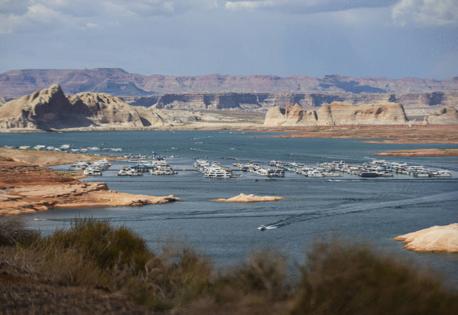
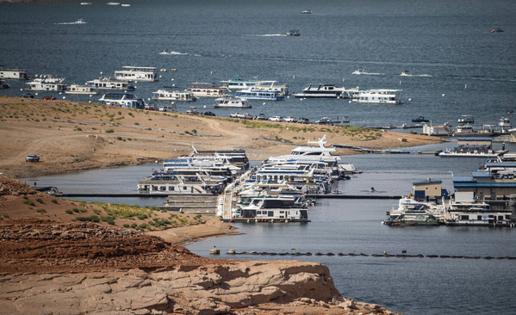
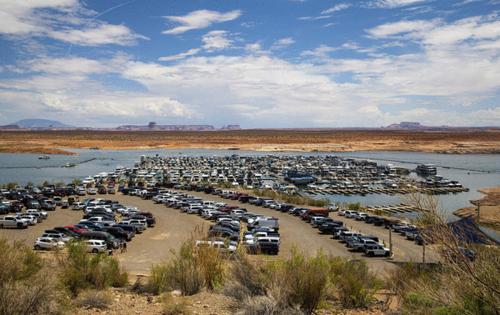
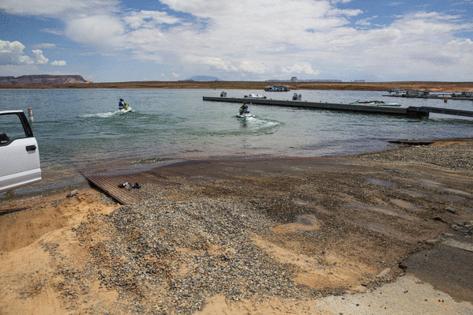
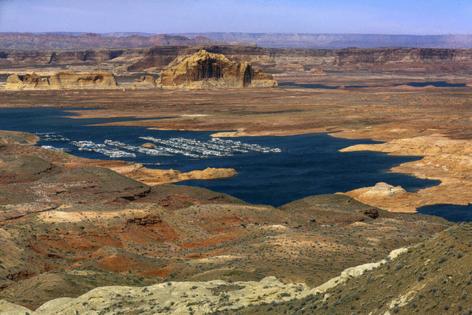











Comments